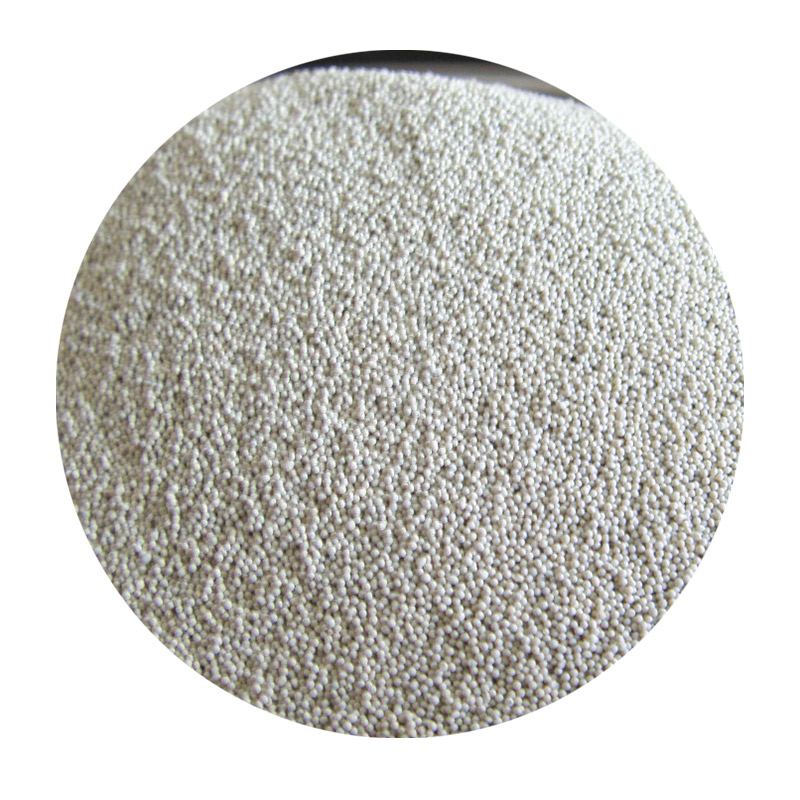

Finishing processes follow, which may include machining, grinding, or polishing to achieve the desired tolerances and surface finish. Expertise in these areas ensures that the final product meets the stringent specifications often required in industrial applications. Additionally, non-destructive testing methods such as ultrasonic, radiographic, or magnetic particle inspection are employed to verify the internal and external quality of the cast part, further underscoring the precision and reliability sand casting can achieve. The authority of sand casting in manufacturing arises from its capability to produce large quantities of complex shapes with minimal waste. Its adaptability allows it to scale production up or down efficiently, making it a choice process in a variety of industries including automotive, aerospace, and construction. Trust in sand casting is reinforced by its long-standing presence and continual advancement. Modern simulations and technologies have enhanced process control and predictability, ensuring that this age-old method continues to meet the demanding standards of present-day manufacturing. In sum, sand casting is an exemplary illustration of a traditional process bolstered by modern methodologies, proving its enduring relevance and adaptability in the dynamic landscape of industrial production. Post time:Fev . 15, 2025 04:26
Next:how much does sand casting cost
